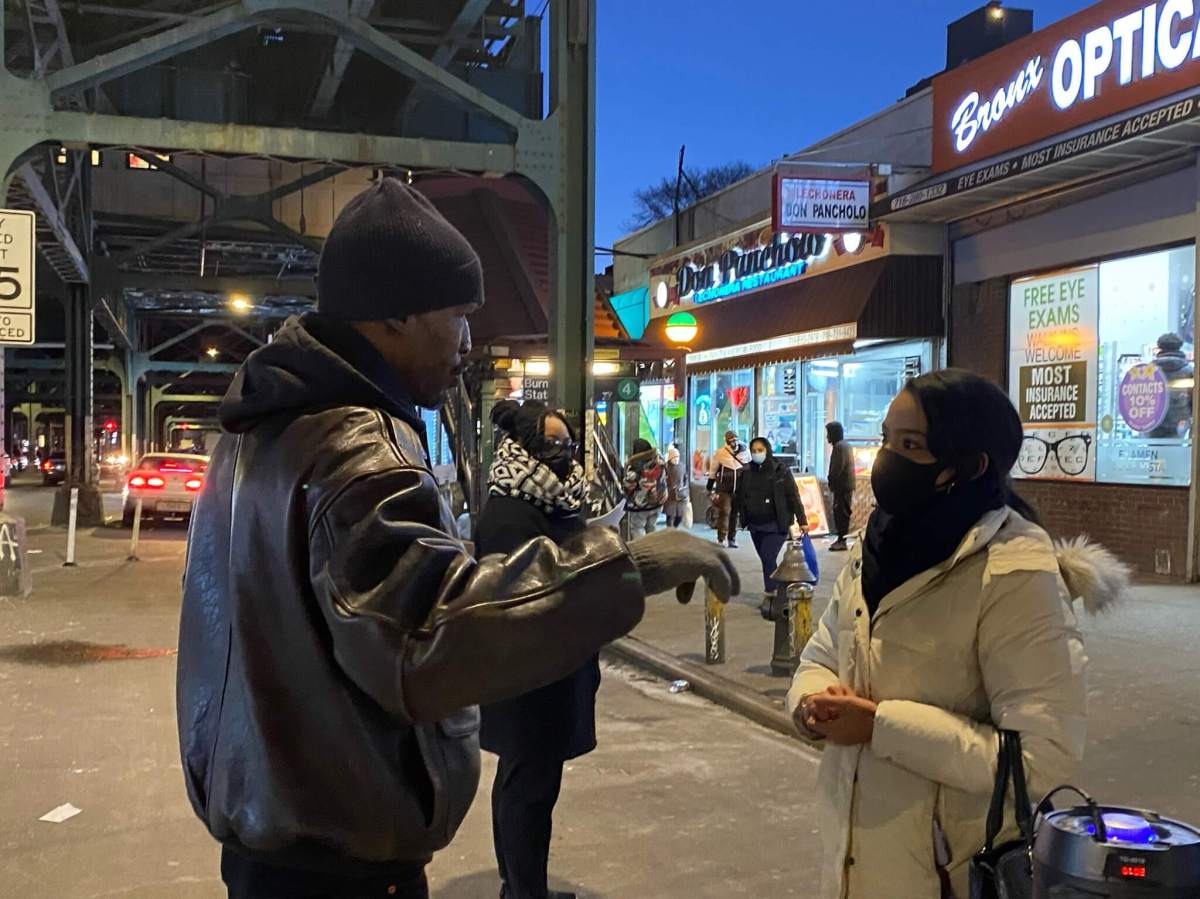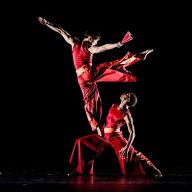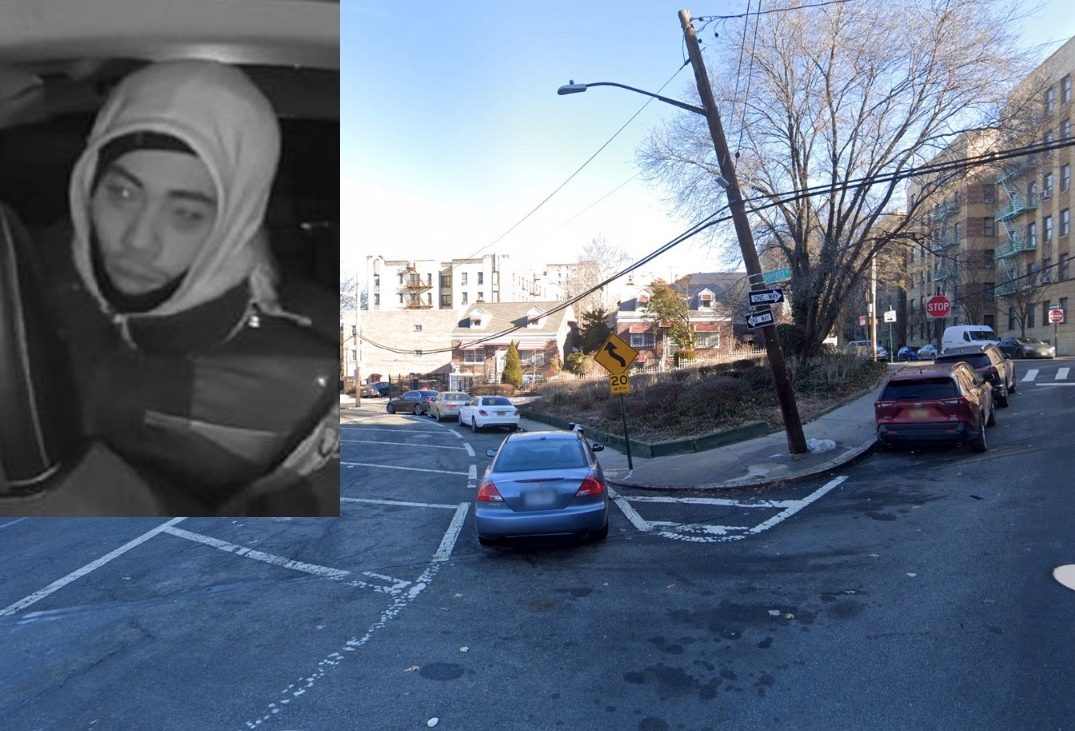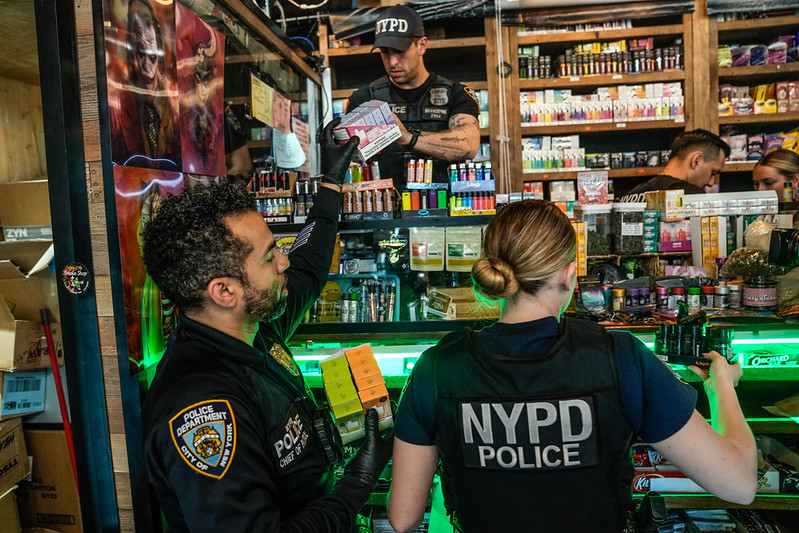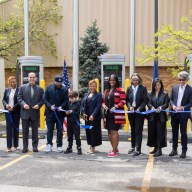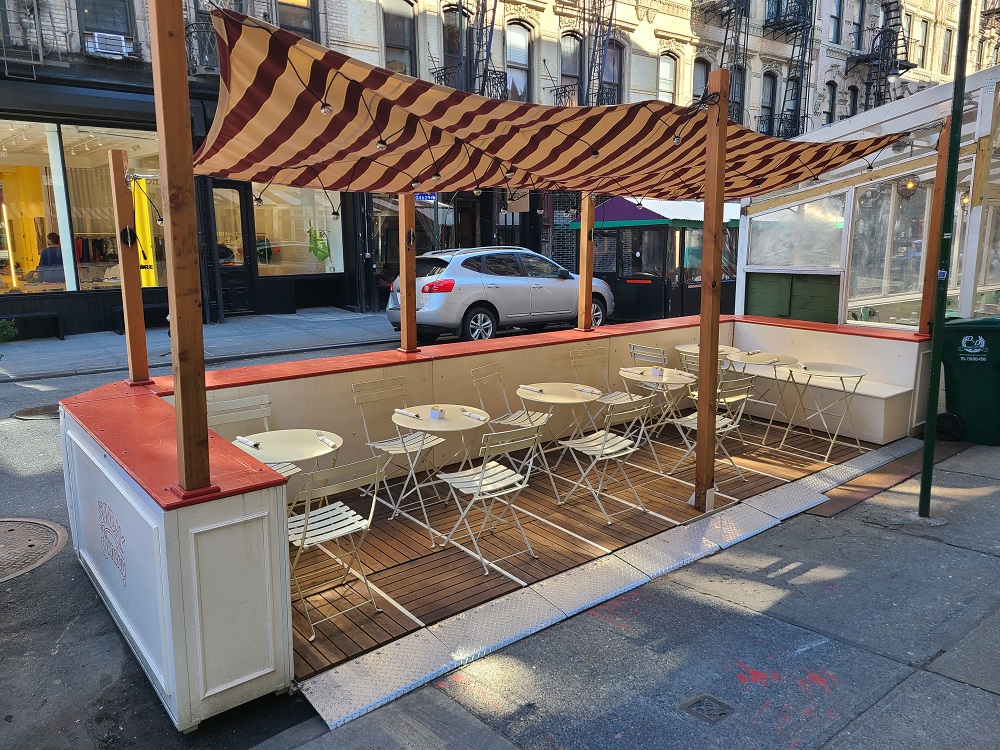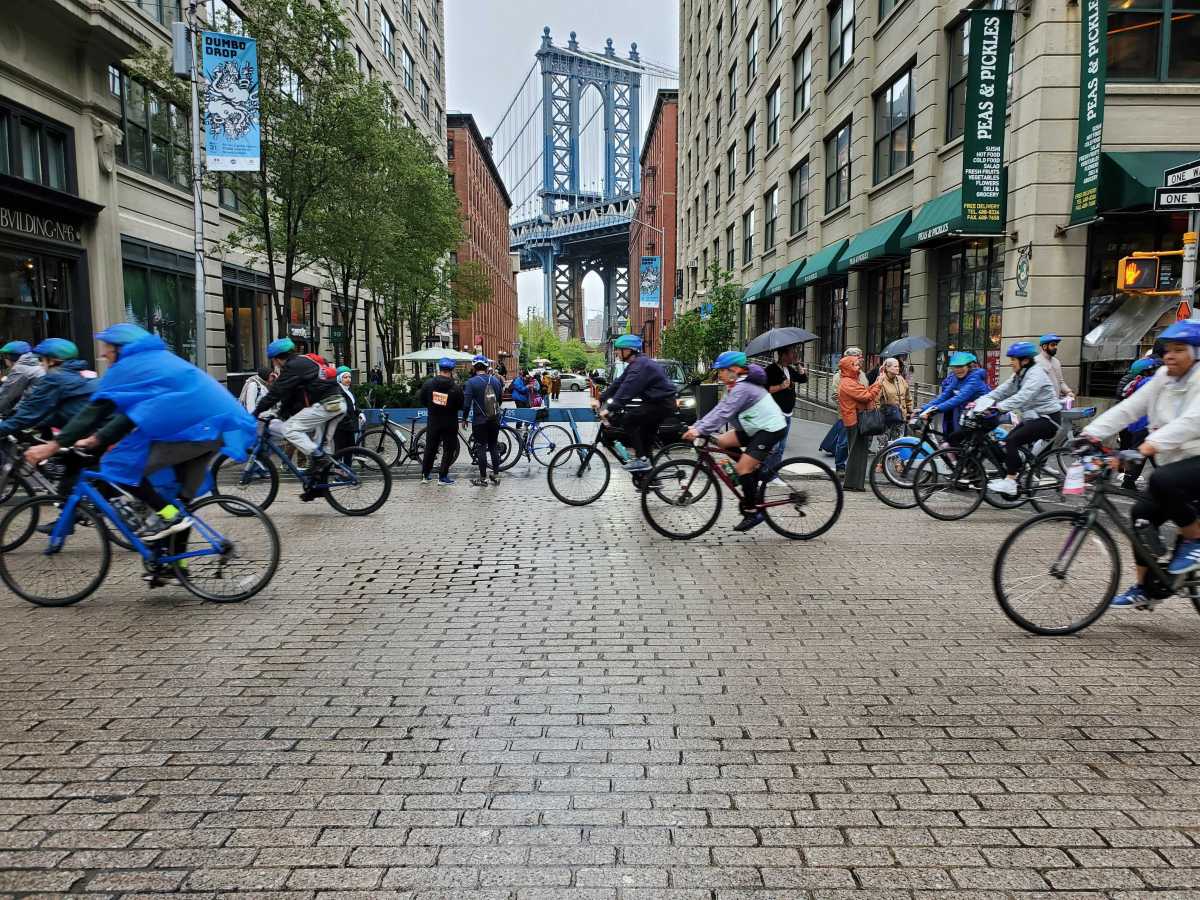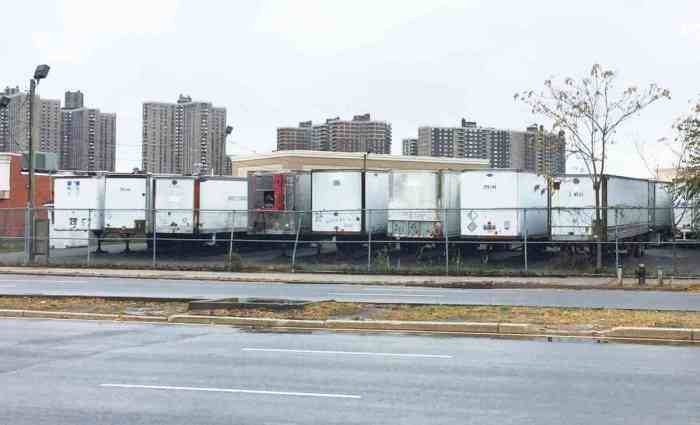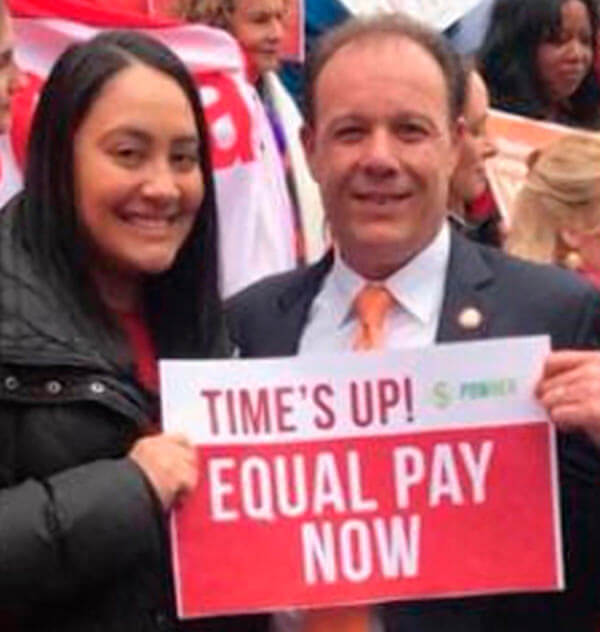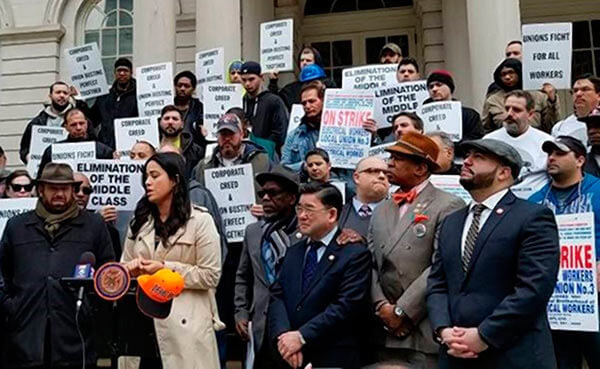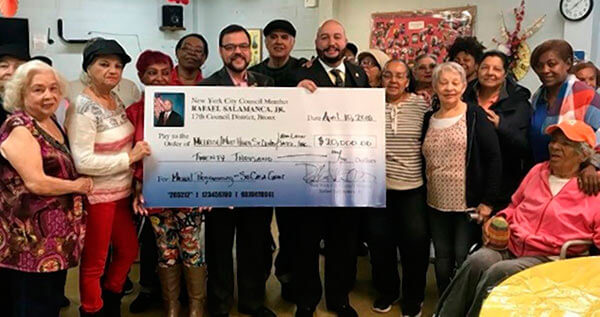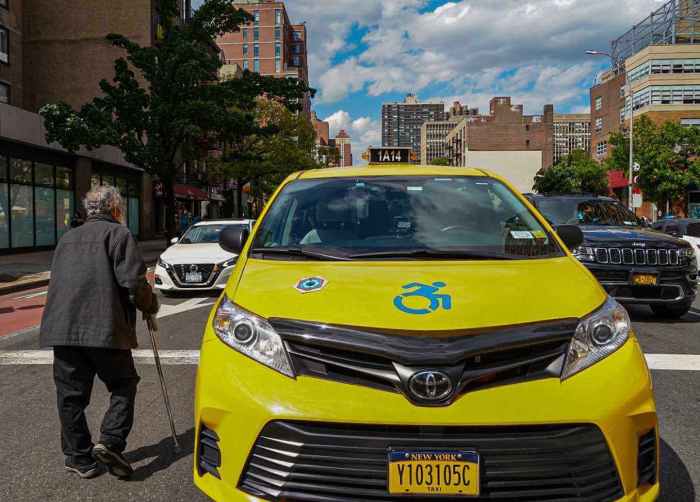Do you ever wish you had more of a say in how your taxpayer dollars are spent?
Well, 15 members of the New York City Council are giving their constituents a say over $1 million of their district’s money this budget cycle — four of those elected officials represent Bronx districts.
Amanda Farías, Marjorie Velázquez, Pierina Sanchez, all newly installed councilwomen who took office earlier this year, and Councilman Kevin Riley opted into the City Council’s 11th consecutive participatory budgeting cycle. The Council Speaker Adrienne Adams, of Queens, is also participating.
With each budget cycle, all 51 members of the council get $5 million in capital funds each year to use at their discretion toward infrastructure projects with a public purpose that cost at least $50,000 and have a lifespan of at least 5 years. Participatory budgeting allows constituents to democratically decide how at least $1 million of that money is spent. Residents submit ideas that are then vetted by city agencies and given a price tag, before voting on the proposed projects in early April, in time for the city’s May-June budget process.
“It involves everybody, at all levels, being able to improve their community with their tax dollars,” Farías, a Progressive Democrat, said.
Typically, any resident age 11 and older can vote on their district’s ideas, irrespective of immigration status. But council members can change the age minimum.
The four Bronx council members partaking this year each said this is the first time their district is participating.
But the opportunity — which is available to all council members — has been there since 2011, when former council members Brad Lander, who is now the city comptroller, Jumaane Williams, the city’s Progressive public advocate who is also running in the Democratic primary for governor this year, Melissa Mark-Viverito, the former speaker of the council, and Eric Ulrich launched the program.
Mark-Viverito, who represented parts of Manhattan and the Bronx, made the program official as speaker, funding staff to oversee the process for the first time in the 2014-15 budgetary cycle. While 24 council members participated that cycle, just two others representing the Bronx opted in: U.S. Rep. Ritchie Torres and Bronx Justice Andrew Cohen, who were both on the council at the time.
The program’s funding was pulled in 2020 when COVID-19 hit, but a handful of members pursued the process anyway for the 2020-21 cycle. As of October, former council employees Benjamin Solotaire and Lara Lai are volunteering as administrators for the program’s 11th cycle.
The process typically begins with communities brainstorming ideas over the summer, and volunteers narrowing down proposals by January. But with council member turnover from the November 2021 election and no formal support from the council this year, most council members started in December or January, with some starting in November, Solotaire said. Most of the new council members didn’t begin the process until after the New Year, condensing a months-long process — for Farías, to about a week — of compiling ideas.
“The worst that can happen is we get more ideas,” Farías said of the rushed timeline. “To me, this is about including the community in decision-making. It’s about showing people what the process is and how they can actually be engaged.”
The Parkchester councilwoman oversaw three cycles of participatory budgeting for former Queens Councilwoman Elizabeth Crowley, and noticed residents looking at their district holistically, not just focusing on their own neighborhoods.
Sanchez, a Progressive Democrat, said participatory budgeting is a critical way to give power directly to the community to self-determine how funds are used. The process also helps build social resilience by strengthening networks across the various neighborhoods in the district, as she has noticed similar ideas coming from different corners of her district.
“For me, the magic was hearing folks from different parts of the community saying similar things, and saying it before one another, so they could say, ‘you are not alone,’” the Fordham councilwoman said.
While an online portal for idea submissions closed on Jan. 23, Sanchez is accepting proposals through a Google Form until 11:59 p.m. on Sunday and Riley’s office is accepting submissions on paper forms until Feb. 4.
Farías received 36 proposals and Velázquez, a Throggs Neck Democrat, garnered 23. As of Friday, Sanchez has received 15 submissions and Riley, a Valley Democrat, has received 11 online and more offline.
Reach Aliya Schneider at aschneider@schnepsmedia.com or (718) 260-4597. For more coverage, follow us on Twitter, Facebook and Instagram @bronxtimes.

